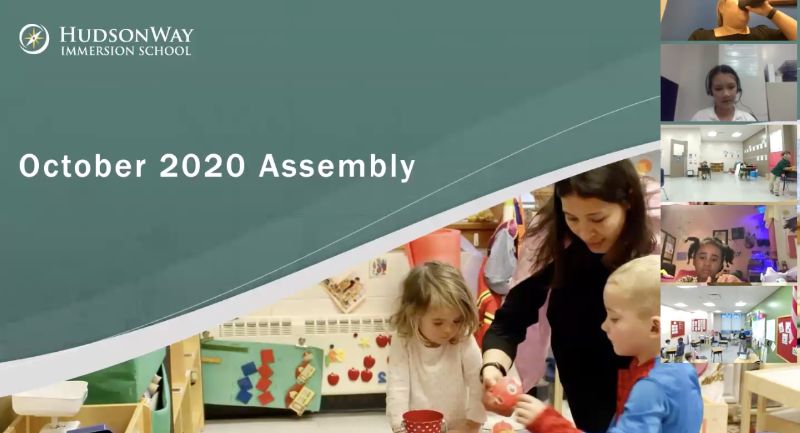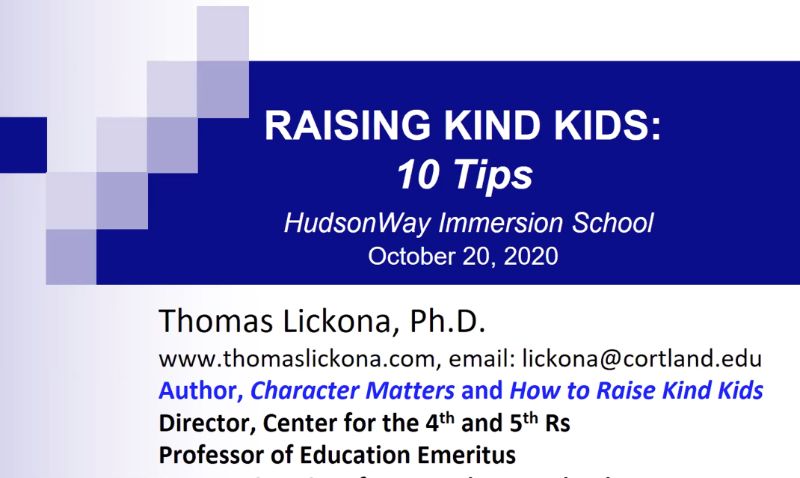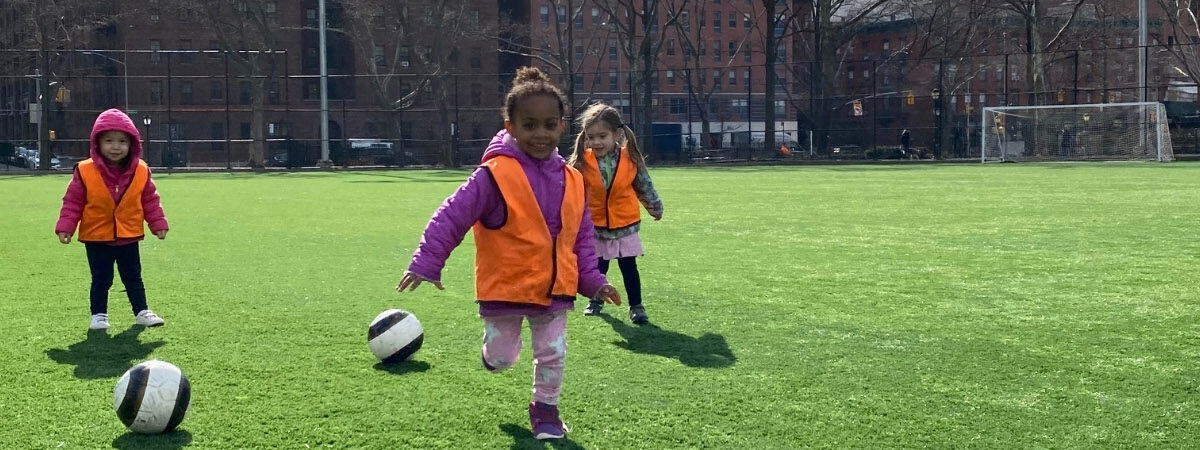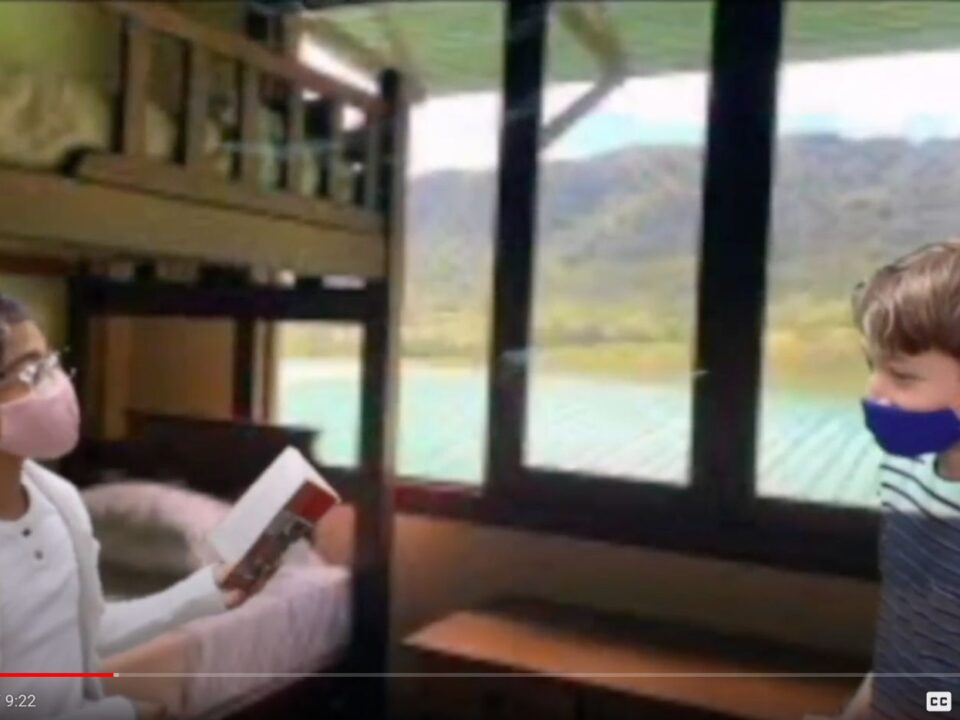
Monthly Student Assembly – October
November 2, 2020
Dr. Tom Lickona speaks about raising kind kids
November 4, 2020At HudsonWay Immersion School, physical coordination development begins with our youngest students – in preschool and continuing through middle school with a carefully designed physical education program.
What is physical coordination?
Physical coordination is comprised of movement skills which involve movement from place to place, movement in self-space, and movement to control an object. Physical coordination skills are the foundation for the introduction of skills-related fitness, which invokes agility, balance, coordination, power, reaction and speed. Physical coordination and skill-related fitness are maximized with a rotation of various sports and activities, as it allows children to develop a well-rounded set of skills.
Why is it important to develop these skills early in life?
Developing physical coordination has benefits for physical health, mental health, and athletic, and academic success. Here we explore the benefits of each of these areas.
Physical health – early movement builds cardiovascular strength and helps to develop strong bones and muscles. It also helps develop habits reducing the chance of obesity which is on the rise in children. Exercise has also been shown to improve sleep and concentration.
Mental health – confidence and self-esteem are developed as children develop control over their bodies and see improvement in their skills. As children continue in sports, they develop habits of practice, patience, and persistence which are useful traits transferrable to other areas. Self-actualization, or the ability to visualize success in an activity, is also an important life-skill. Sports often involve a very tangible way to learn about setting goals, taking risks and developing sportsmanship and teamwork.
Athletic success – most experts agree that developing general athletic coordination skills before age eight helps to improve a child’s athletic potential in later years. There is the saying “You can’t become a champion until you become an athlete.” General coordination can be developed by games such as “Red-light, Green light”, “Hide and Seek” and “Tag” and most instructors don’t recommend specializing in a sport until general athletic abilities are developed. It is important however to develop these prior to the age of 16 as it become harder to develop physical athletic skills after this age. During the preadolescent years the nervous system plasticity is high and movement habits have not been ingrained.
Academic success – one study suggests that children with better eye-hand coordination had better scores in reading, writing and math. The theory is that the ability to predict where an object will be is linked to cognitive abilities. Psychologists believe that the neural circuitry used to build up a child's understanding of their external environment, the way they orientate themselves spatially and understand their world is also used to process numbers and more abstract thinking.
How are these skills developed at HudsonWay Immersion School?
These skills are developed during both PE class and recess.
Structured PE class is held at least twice per week for students age 3 and older. In this program we provide grade level approach to new skills. We work in units to allow sufficient time to execute, see the result and review. Drills and activities take place in small groups where skills development can be optimized. To keep students safe during this pandemic, equipment is not being shared, is cleaned after each class’ use, and students are staying 6 feet apart with masks, and 10 feet apart when not in masks.
Recess is an extension of physical education class, with the development of unstructured physical activity and social interaction. Recess is built into the schedule every day unless there is inclement weather. or the temperature falls below 32 degrees Fahrenheit.
Careful development of motor skills helps to ensure the overall development of the child – both academically and physically.
PE is led by Coach Jack who has been the PE instructor at HWIS for the past 3 years. He has 10 years of experience with athletic curriculum designed for youth, high school, and collegiate sports.
What is physical coordination?
Physical coordination is comprised of movement skills which involve movement from place to place, movement in self-space, and movement to control an object. Physical coordination skills are the foundation for the introduction of skills-related fitness, which invokes agility, balance, coordination, power, reaction and speed. Physical coordination and skill-related fitness are maximized with a rotation of various sports and activities, as it allows children to develop a well-rounded set of skills.
Why is it important to develop these skills early in life?
Developing physical coordination has benefits for physical health, mental health, and athletic, and academic success. Here we explore the benefits of each of these areas.
Physical health – early movement builds cardiovascular strength and helps to develop strong bones and muscles. It also helps develop habits reducing the chance of obesity which is on the rise in children. Exercise has also been shown to improve sleep and concentration.
Mental health – confidence and self-esteem are developed as children develop control over their bodies and see improvement in their skills. As children continue in sports, they develop habits of practice, patience, and persistence which are useful traits transferrable to other areas. Self-actualization, or the ability to visualize success in an activity, is also an important life-skill. Sports often involve a very tangible way to learn about setting goals, taking risks and developing sportsmanship and teamwork.
Athletic success – most experts agree that developing general athletic coordination skills before age eight helps to improve a child’s athletic potential in later years. There is the saying “You can’t become a champion until you become an athlete.” General coordination can be developed by games such as “Red-light, Green light”, “Hide and Seek” and “Tag” and most instructors don’t recommend specializing in a sport until general athletic abilities are developed. It is important however to develop these prior to the age of 16 as it become harder to develop physical athletic skills after this age. During the preadolescent years the nervous system plasticity is high and movement habits have not been ingrained.
Academic success – one study suggests that children with better eye-hand coordination had better scores in reading, writing and math. The theory is that the ability to predict where an object will be is linked to cognitive abilities. Psychologists believe that the neural circuitry used to build up a child's understanding of their external environment, the way they orientate themselves spatially and understand their world is also used to process numbers and more abstract thinking.
How are these skills developed at HudsonWay Immersion School?
These skills are developed during both PE class and recess.
Structured PE class is held at least twice per week for students age 3 and older. In this program we provide grade level approach to new skills. We work in units to allow sufficient time to execute, see the result and review. Drills and activities take place in small groups where skills development can be optimized. To keep students safe during this pandemic, equipment is not being shared, is cleaned after each class’ use, and students are staying 6 feet apart with masks, and 10 feet apart when not in masks.
Recess is an extension of physical education class, with the development of unstructured physical activity and social interaction. Recess is built into the schedule every day unless there is inclement weather. or the temperature falls below 32 degrees Fahrenheit.
Careful development of motor skills helps to ensure the overall development of the child – both academically and physically.
PE is led by Coach Jack who has been the PE instructor at HWIS for the past 3 years. He has 10 years of experience with athletic curriculum designed for youth, high school, and collegiate sports.





